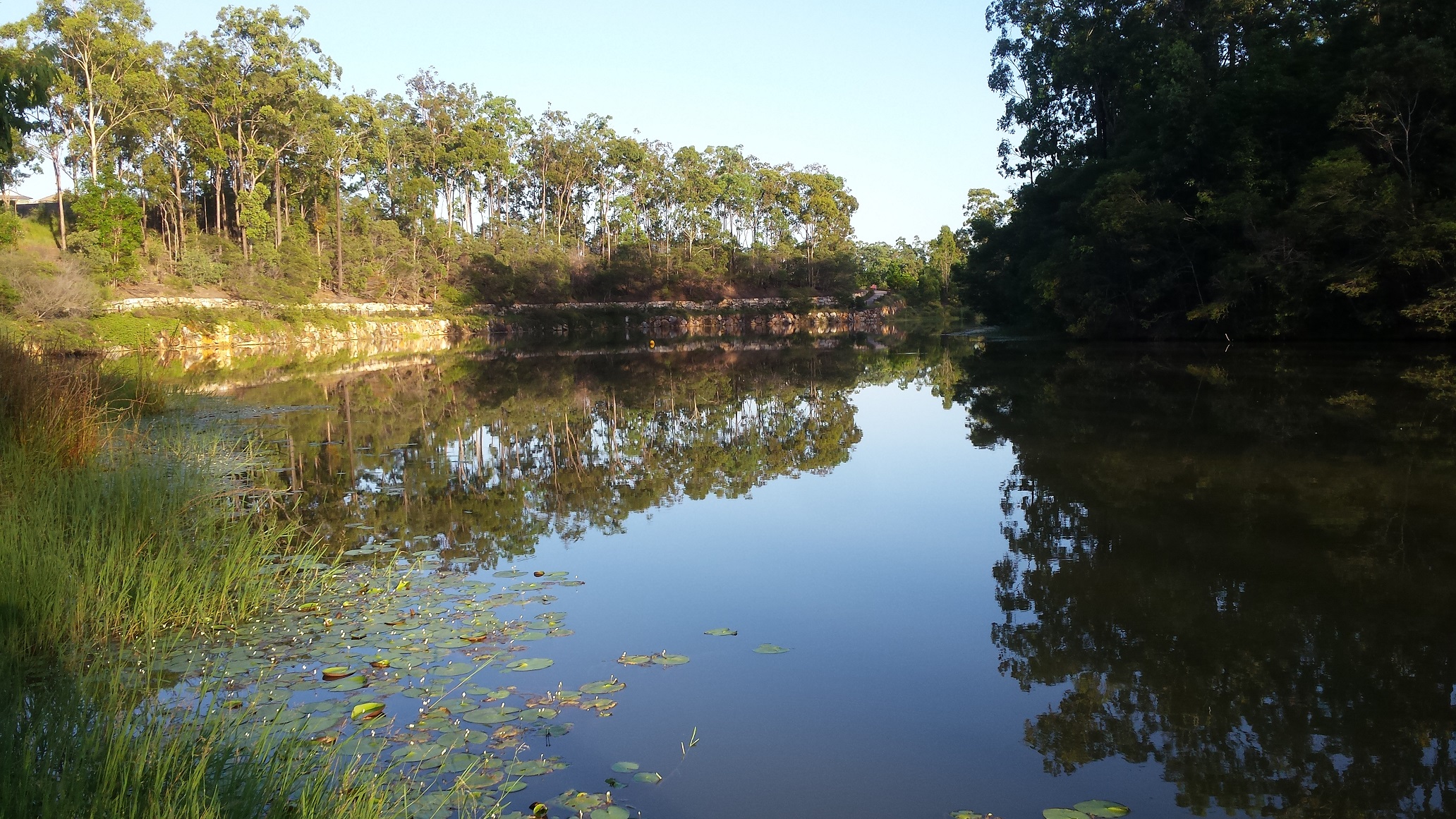Waterways Need Care and Attention

Waterways Need Care and Attention
Springfield Lakes, despite being part of Ipswich, sits within the Lower Brisbane River catchment. What is done in the greater Springfield area has flow-on effects to down-stream areas. The unnamed creeks that feed the lakes and wind their way around the houses and parklands join larger creeks such as Mountain Creek and Opossum Creek, which in turn joins Woogaroo Creek at Brookwater and flows into the Brisbane River at Goodna, eventually ending up in Moreton Bay – an internationally recognised wetland. Any excess s sediment, nutrients or litter can impact on wildlife feeding and breeding sites as well as sometimes causing direct injury and death.
All drains in the suburb lead either directly to these waterways. Or to the three man-made lakes that sit on the old waterway channels. After rain these lakes send water into Opossum Creek.
There are five things that should not go into drains and waterways.
- Eroding soil: Although erosion is a natural occurrence, excess erosion from bare ground like building sites is very deleterious to aquatic ecosystem health, causing low visibility that many animals find it hard to live in.
- Nutrients: Eroding soil also contains excess Nitrogen and Phosphorus, nutrients that causes algae and water weeds to grow. Putting too much fertiliser on lawns results in the excess nutrients running-off and down drains to also enter waterways.
- Toxins: Paint and petrochemicals (like used oil), herbicides and pesticides should never be tipped down drains, as they will end up in waterways and kill the animals and plants living there.
- Non-native aquatic animals: Goldfish and other pest species can take over ecosystems both upstream and downstream throughout the all waterways in the entire catchment. Goldfish have been spotted in Regatta Lake.
- Plastic litter: Plastic biodegrades only very slowly over hundreds or even thousands of years, so what goes into the water will stay in the water. There are two main issues with this plastic.
- When the litter ends up in the ocean, plastic bags and packaging look like jellyfish and endangered turtles have been known to eat them by mistake and die. Bags, fishing line and nets, as well as strings tied to balloons are known to entangle birds and turtles, causing them to drown or starve.
- Over time the plastic breaks down into smaller and smaller pieces, and then is eaten by animals on the lowest rungs of the food chain, which then get eaten by larger animals and so on until we eat the large fish. Plastic is not a natural product and there is no telling what the ingestion of large amounts of tiny particles of plastic will do to the fish or to us.
You can do your bit too towards keeping the Lakes and catchments clean and protecting downstream wildlife, by:
Putting all your litter in the bins provided, or taking it home with you. The crows can’t get into your wheelie bins and the plastic bottles (but not the bags) can be recycled in the yellow topped bin.
Go on eco-friendly walks, where if you see some plastic litter, PICK IT UP, and put it into the next bin.
If anyone would like to join our Group, membership is free and meetings are every first Tuesday of the month at 6.30 pm at Cr Irelands Meeting Room, Suite 2, Level 2, Main Street, Orion Town Centre. You can follow us on www.facebook.com/SpringfieldLakesNatureCare
You must be logged in to post a comment